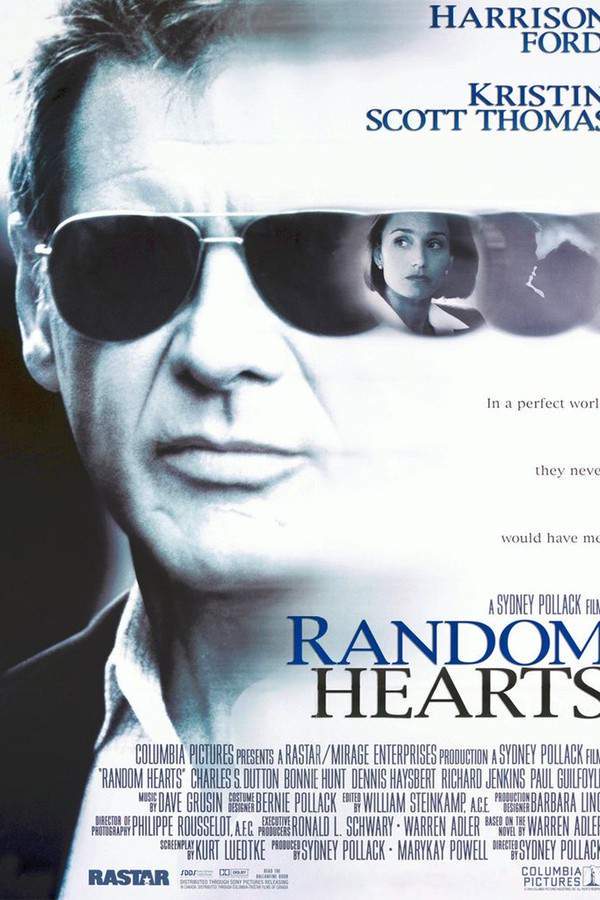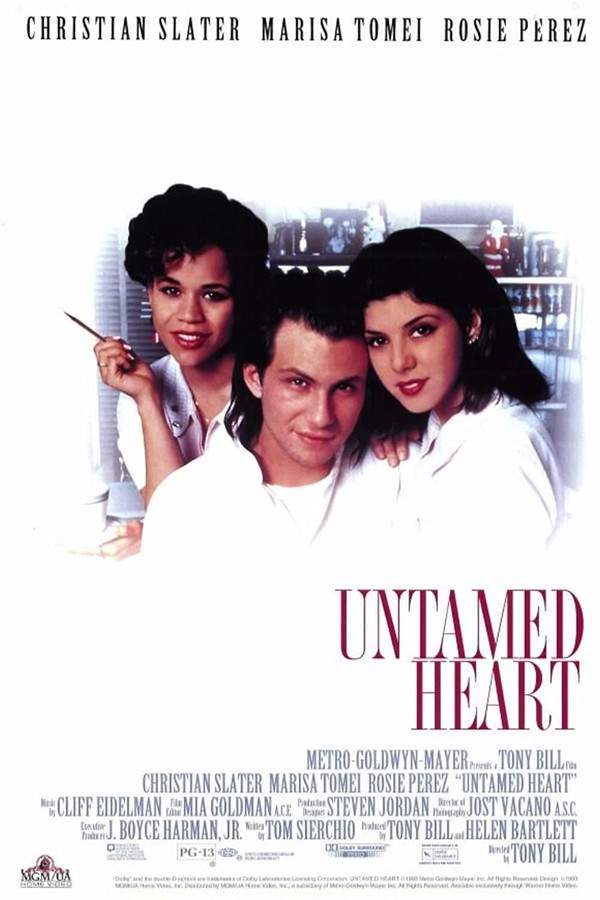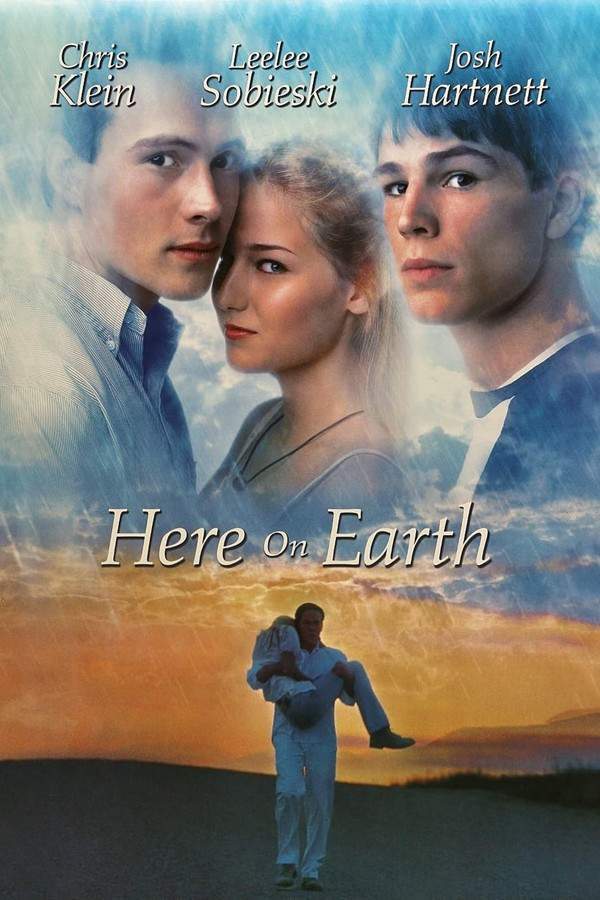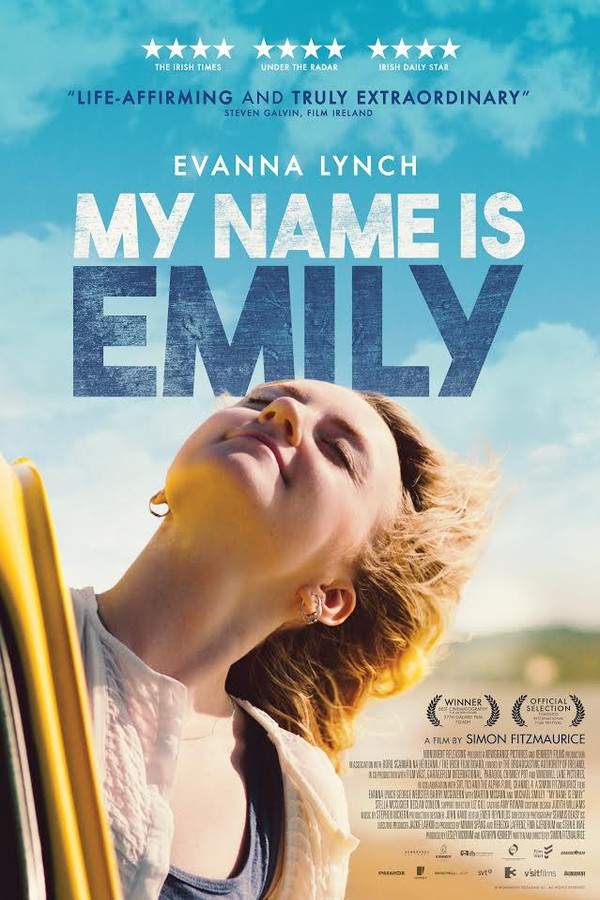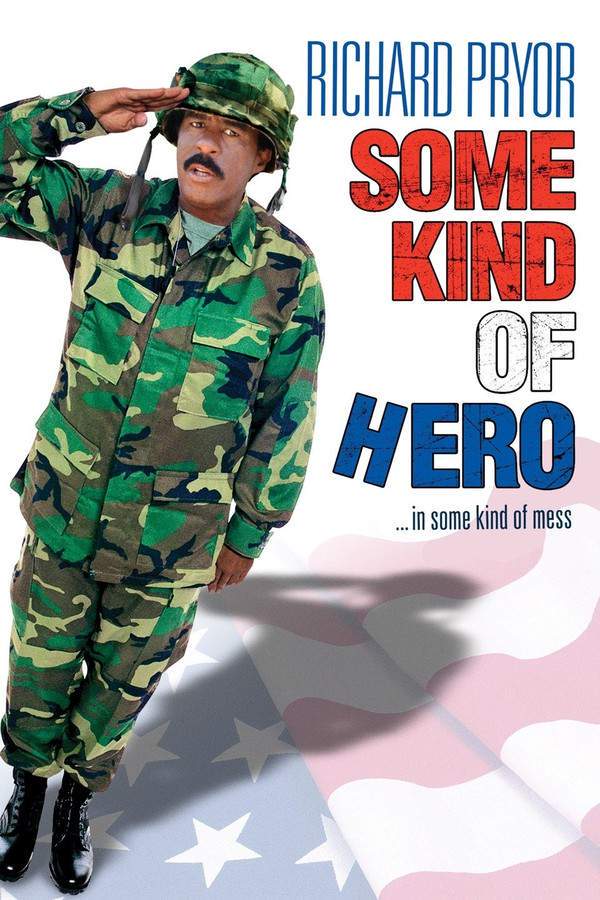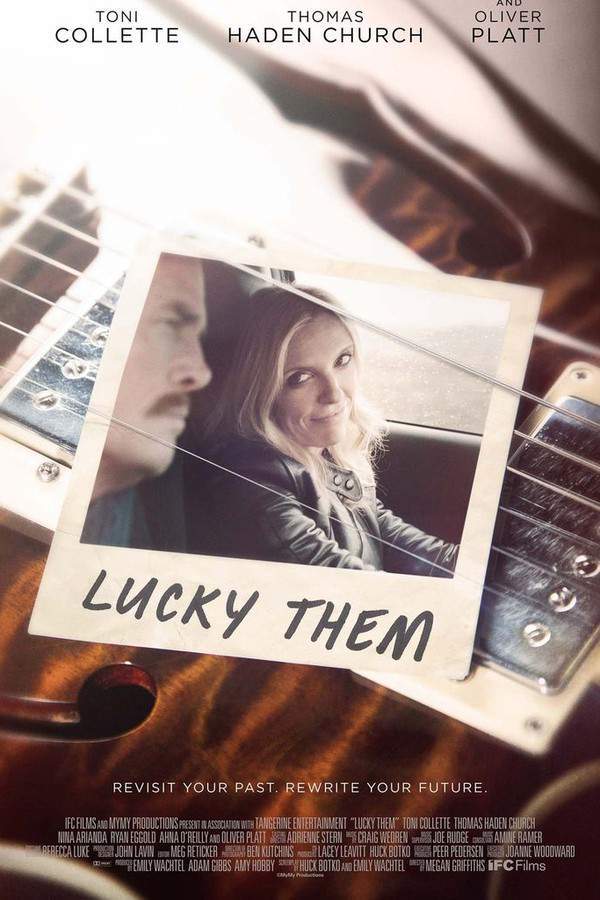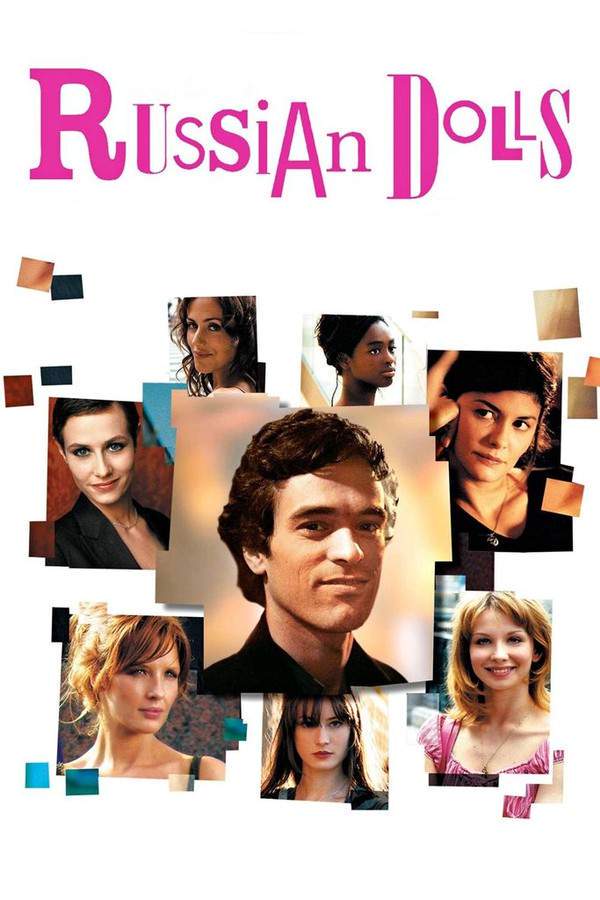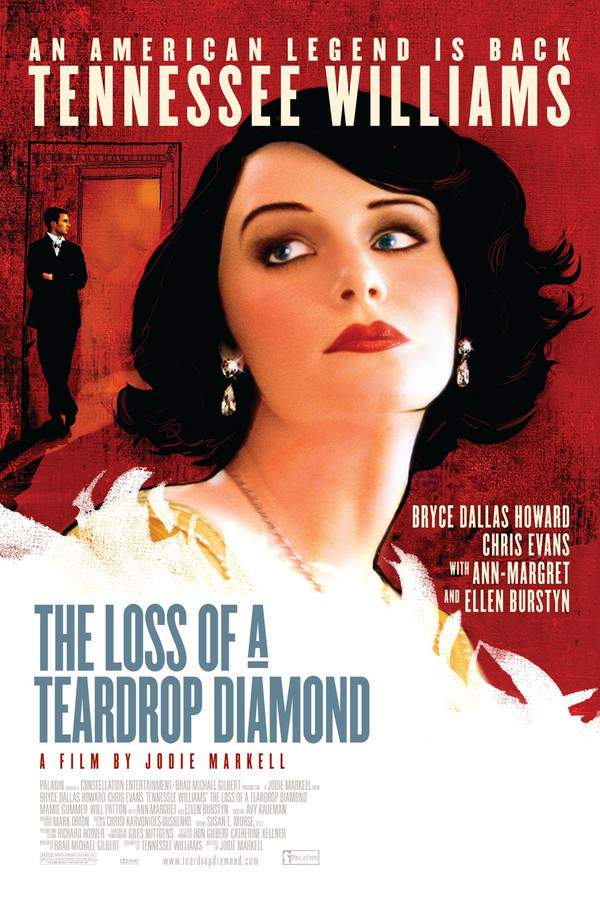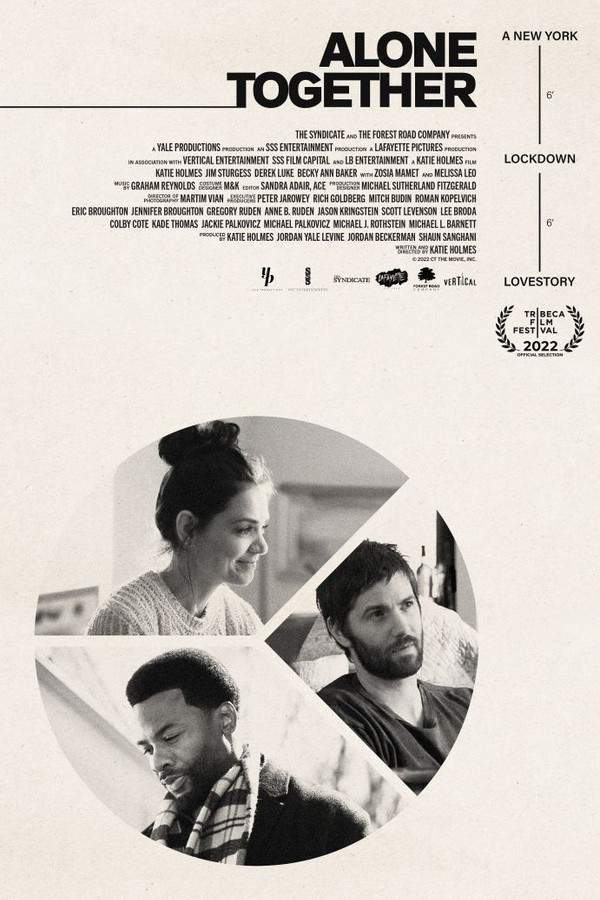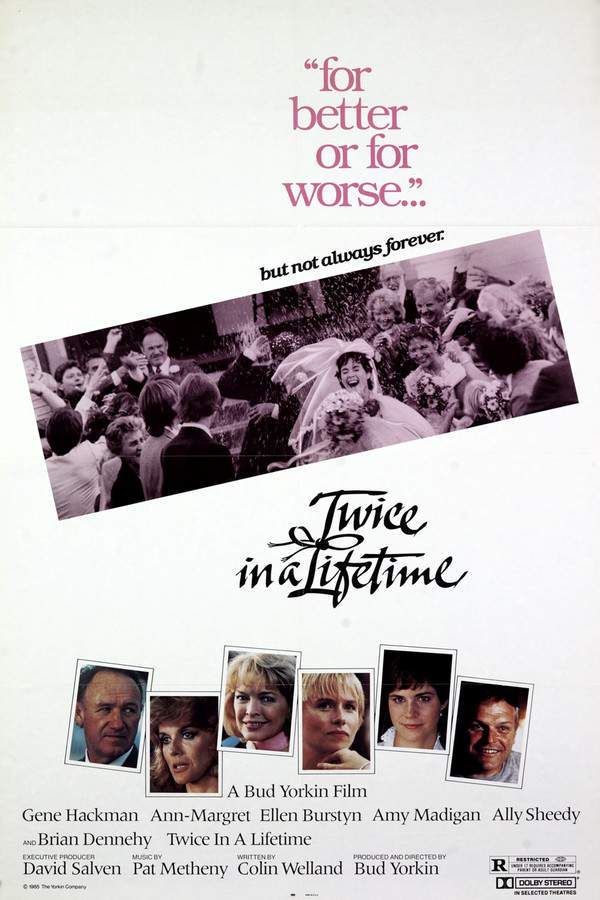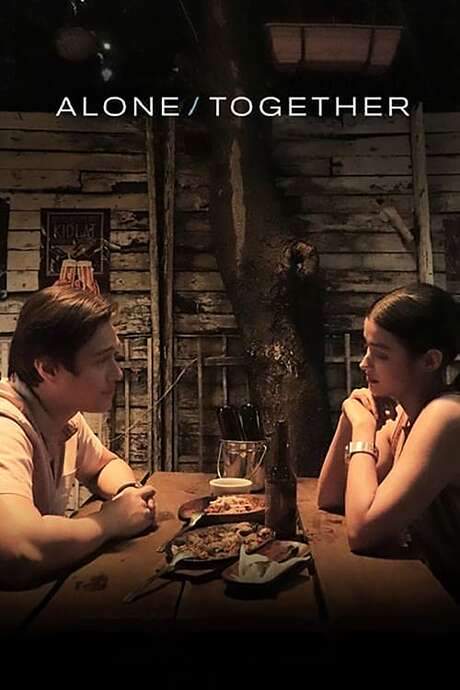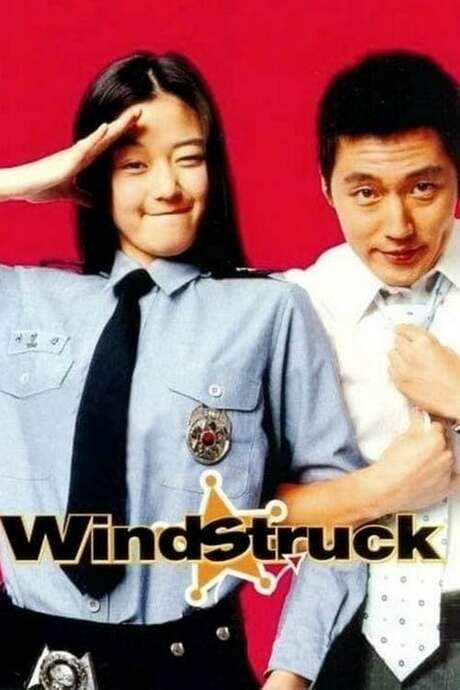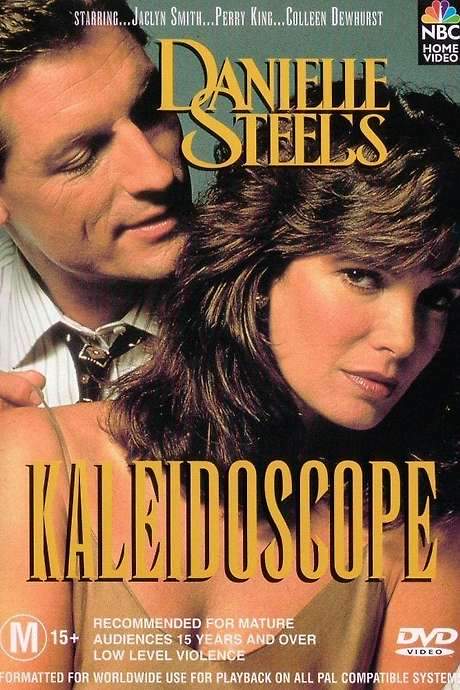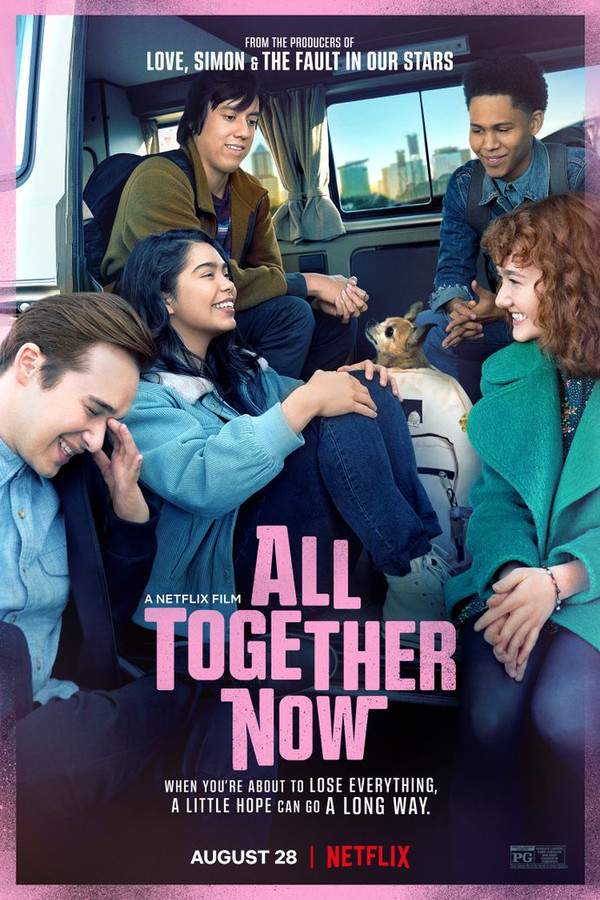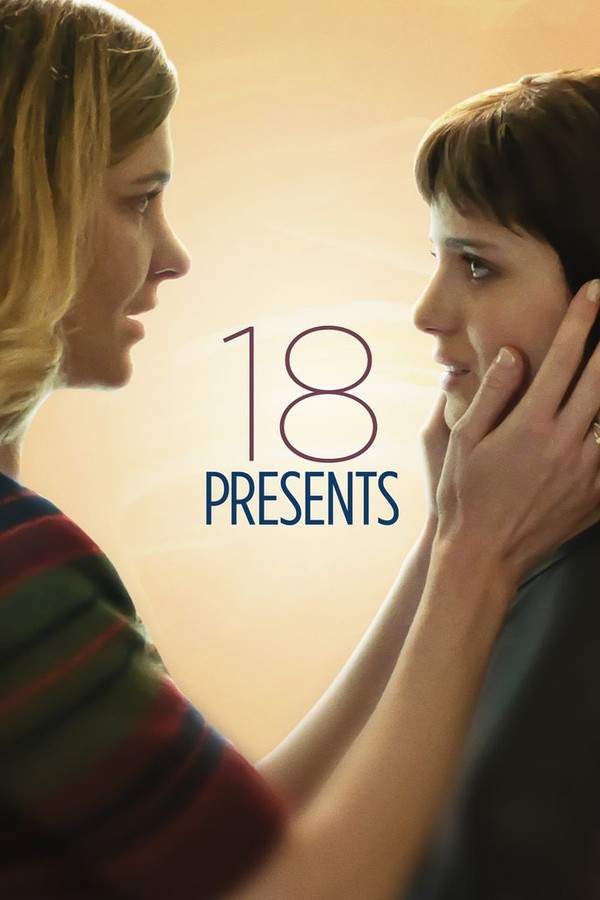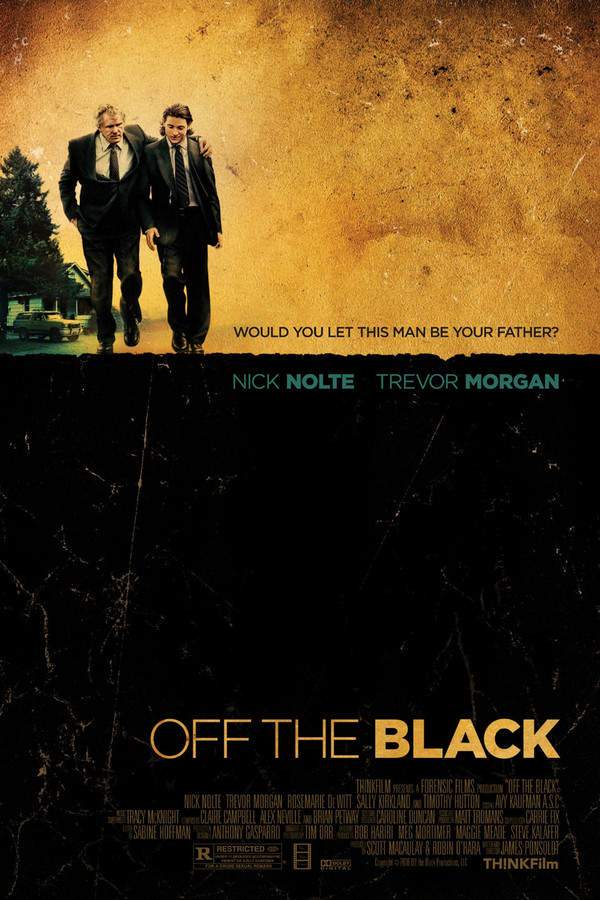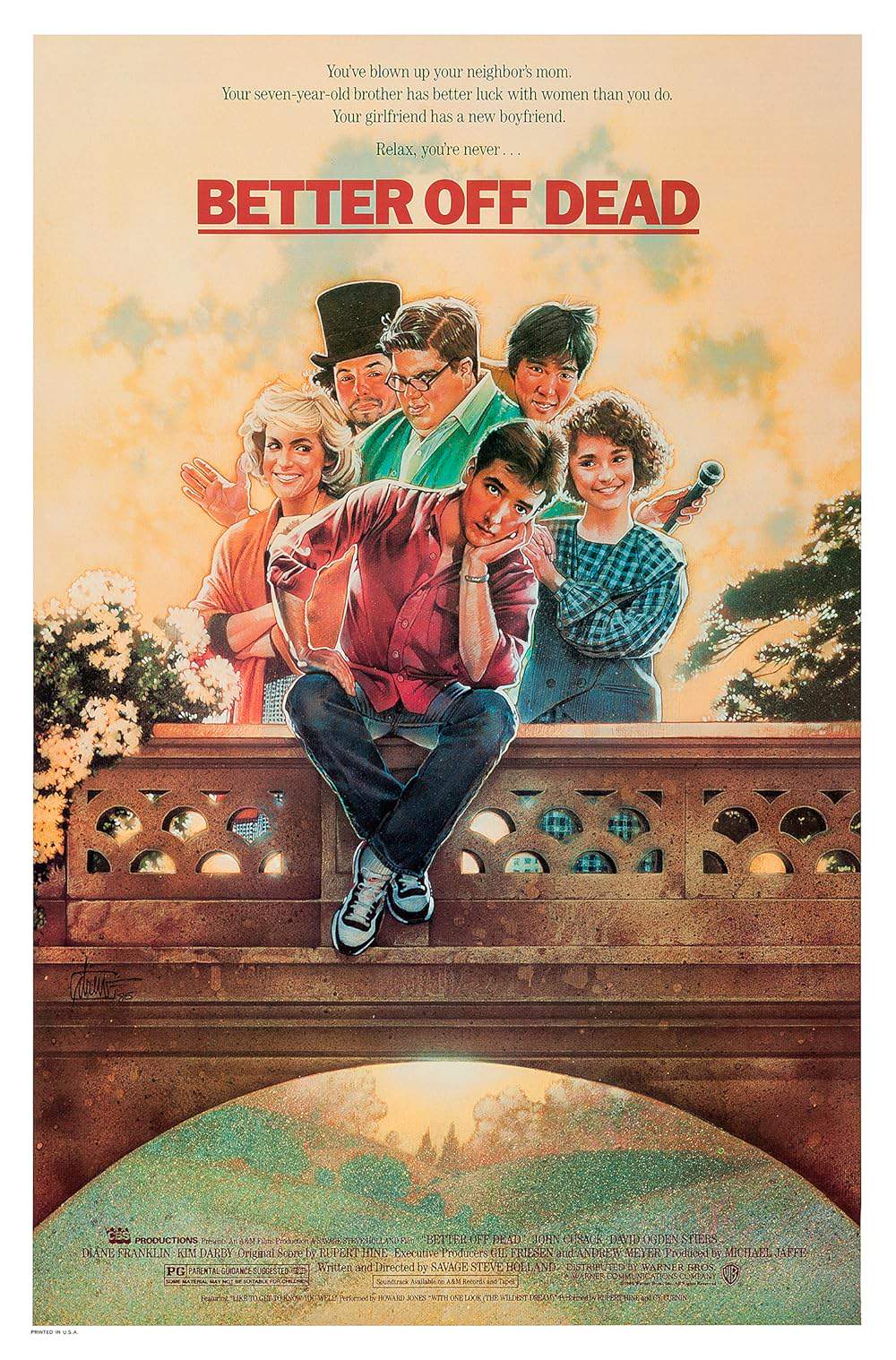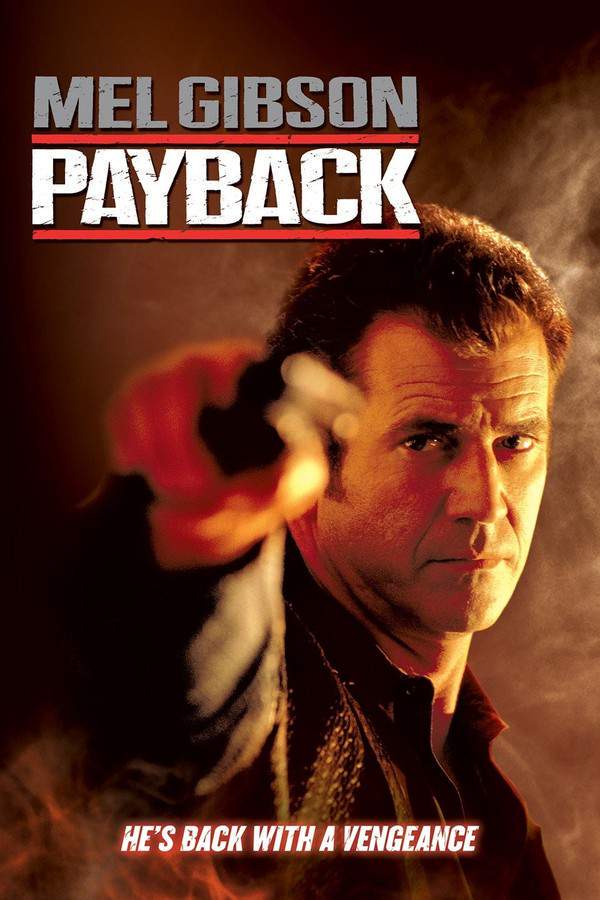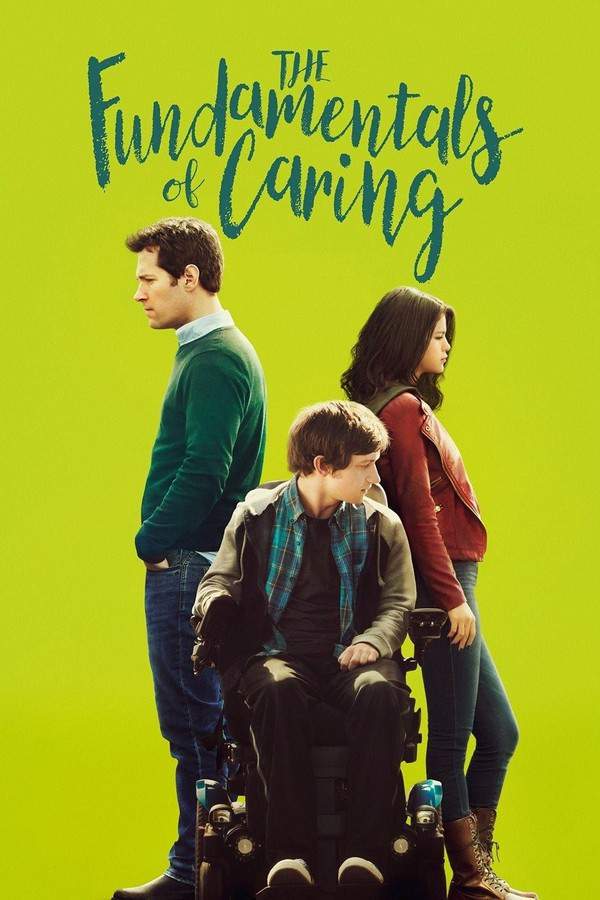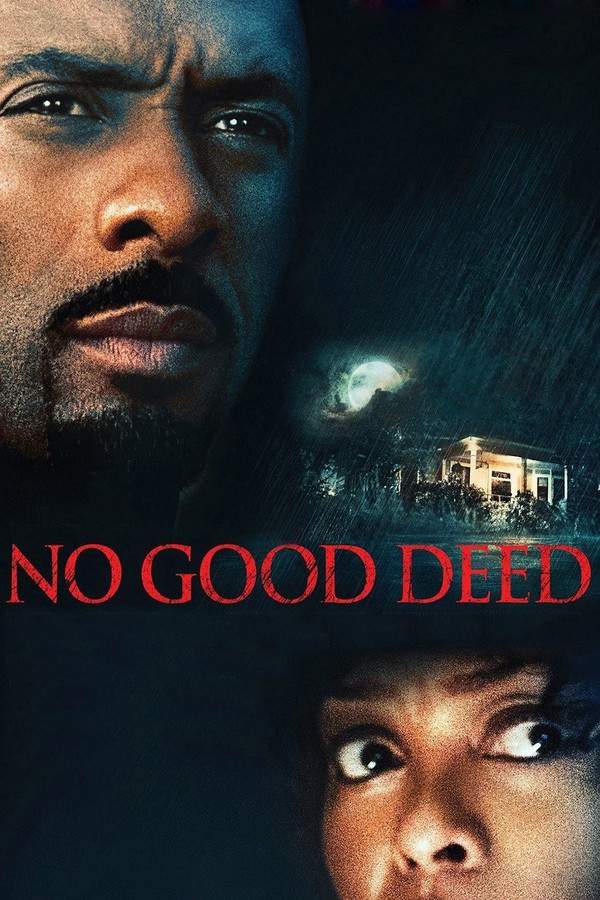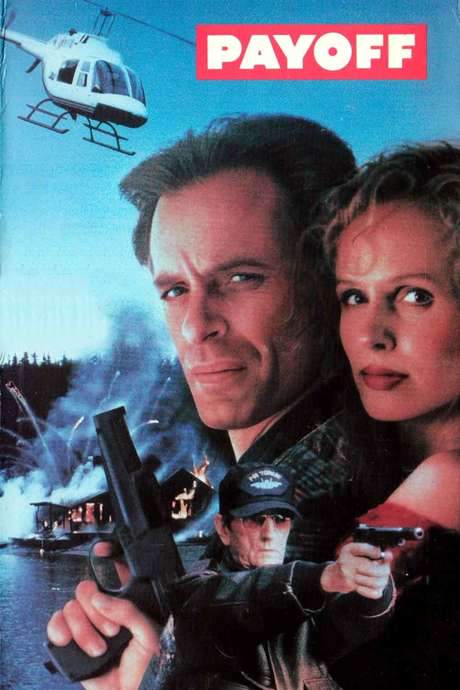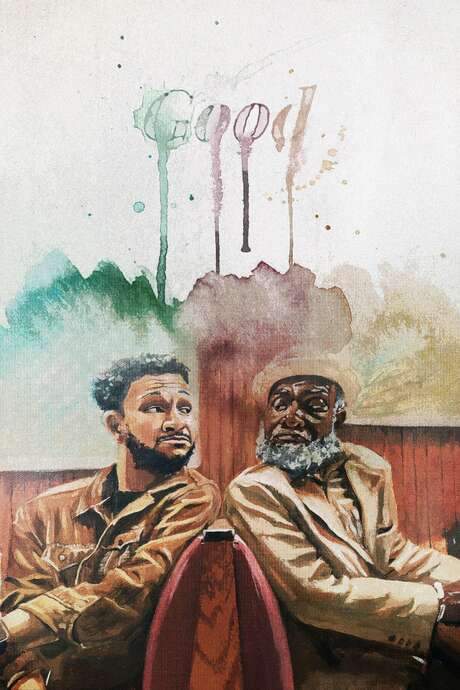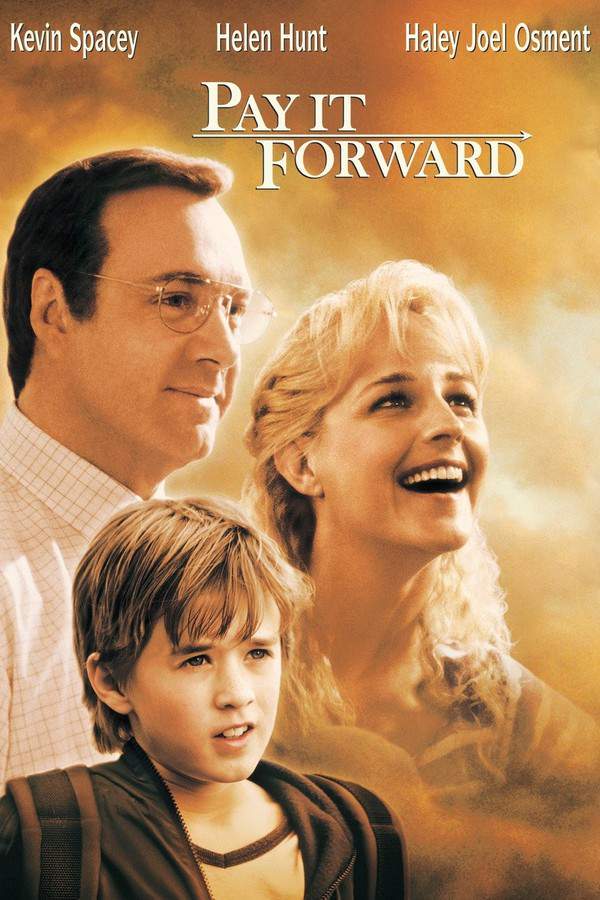
Pay It Forward
Year: 2000
Runtime: 123 min
Language: English
Director: Mimi Leder
Budget: $40M
A social studies teacher challenges his students to devise a plan to change the world. One student’s idea to “pay forward” good deeds—reciprocating kindness with further acts of generosity—ignites a remarkable chain reaction. This unconventional assignment unexpectedly touches lives across the country, demonstrating the powerful impact of simple acts of kindness and inspiring others to join the movement.
Warning: spoilers below!
Haven’t seen Pay It Forward yet? This summary contains major spoilers. Bookmark the page, watch the movie, and come back for the full breakdown. If you're ready, scroll on and relive the story!
Pay It Forward (2000) – Full Plot Summary & Ending Explained
Read the complete plot breakdown of Pay It Forward (2000), including all key story events, major twists, and the ending explained in detail. Discover what really happened—and what it all means.
As Trevor McKinney embarks on his seventh-grade journey in Las Vegas, he encounters a transformative assignment from his social studies teacher, Eugene Simonet. The challenge is simple yet profound: devise a plan that can positively influence the world. Trevor’s innovative solution, “pay it forward,” implies that each person who receives a favor should pass it on to three others, creating a ripple effect of goodwill. However, to keep the cycle going, the initial recipient must be unable to repay the gesture themselves. With his newfound purpose, Trevor dives headfirst into his mission, starting with an audacious act by inviting homeless man Jerry to live in his garage.
In a surprising twist, Jerry seeks to return the favor by fixing Trevor’s mother Arlene’s car, but his struggle with addiction leads Trevor to feel disenchanted when Jerry relapses. The tension escalates when Arlene confronts Eugene regarding Trevor’s initiative after discovering Jerry’s presence in their home. Unfazed by setbacks, Trevor aims to set up a romantic dinner for Eugene and Arlene, hoping to set Eugene as the next recipient of his “pay it forward” philosophy. Although the first dinner falters, Trevor’s relentless spirit eventually reunites the two when he decides to run away, prompting Arlene to seek Eugene’s assistance in finding her son. This turmoil paves the way for an unexpected connection between them; however, this bond is soon threatened by Arlene’s rekindled feelings for her estranged husband, Ricky, who promises to overcome his drinking.
Eugene carries the emotional scars of his past, physically manifesting through the marks on his neck, face, and torso, symbolizing the insecurities that have haunted him. His hesitation to accept Arlene’s affection stems from the trauma of his earlier life, where he witnessed his mother returning to her abusive alcoholic partner. The gravity of Eugene’s past is laid bare when he finally opens up to Arlene about his horrific childhood experiences, which includes the night his father, in a drunken stupor, set him on fire. Just as Arlene begins to distance herself from Ricky, who relapses into old habits, she finds the strength to confront him, ultimately choosing to force him out of their lives.
The narrative crescendos as Jerry, leveraging his life experiences, saves a suicidal jumper from a bridge, underlining the overarching theme of Trevor’s vision: the enduring impact of one selfless act can evoke kindness worldwide. The film also interweaves the story of journalist Chris Chandler, whose life takes a turn after receiving a car from an anonymous benefactor, leading her down a path to uncover the origins of the “pay it forward” idea, which she ultimately traces back to Trevor’s ambitious school project. As she investigates this phenomenon, she observes how Arlene, after reconciling with her mother over past grievances, displays compassion towards Jerry, commencing a chain reaction that leads to further acts of kindness.
Chris’s pursuit culminates in an emotional interview with Trevor, where she intimately explores his aspirations for the project. This encounter leads Eugene to recognize that Arlene is his ideal partner, resulting in their heartwarming reconciliation. Meanwhile, as Trevor rallies to defend his bullied friend Adam, tragedy strikes when he is fatally stabbed by one of the bullies.
Trevor’s tragic death resonates throughout the nation, igniting the “pay it forward” movement and bringing it to the forefront of mainstream consciousness. The impact of his life prompts an overwhelming public response, with thousands attending a vigil in his honor, while Arlene and Eugene emerge as poignant symbols of how transformative kindness can indeed change lives and foster connections.
Last Updated: November 19, 2024 at 17:30
Explore Movie Threads
Discover curated groups of movies connected by mood, themes, and story style. Browse collections built around emotion, atmosphere, and narrative focus to easily find films that match what you feel like watching right now.
Movies about idealism clashing with reality like Pay It Forward
Stories where a hopeful vision meets the brutal truths of the world.If you were moved by the hopeful yet heartbreaking journey in Pay It Forward, explore these movies like it. This thread features similar drama stories where a single act of kindness or a bold idea confronts the harsh realities of life, resulting in bittersweet and emotionally heavy narratives about making a difference.
Narrative Summary
The narrative typically centers on a protagonist with a pure, often simple, idea for improving the world. Their initial success is met with significant setbacks, often involving deep-seated personal or social issues. The story arc is defined by this constant push-and-pull between the beauty of the ideal and the pain of reality, leading to a conclusion that acknowledges the cost of change.
Why These Movies?
Movies are grouped here because they share a core emotional dynamic: the tension between unwavering hope and devastating hardship. They feature steady pacing to build emotional investment, a bittersweet tone that refuses simplistic answers, and a heavy emotional weight derived from the high stakes of the characters' missions.
Ripple effect stories with interconnected lives like Pay It Forward
Stories where a single action creates an unexpected chain reaction.Fans of the interconnected storytelling in Pay It Forward will enjoy these similar movies. Discover drama and romance films where a single idea or event creates a chain reaction, linking diverse characters and storylines in a web of cause and effect, often leading to bittersweet and inspiring conclusions.
Narrative Summary
These narratives often use a nonlinear or multi-perspective structure, revealing how separate storylines are subtly connected by a central catalyst. The plot unfolds by showing the far-reaching effects of a single act, demonstrating both the fragility and resilience of human connection. The journey emphasizes how small gestures can lead to significant, life-altering outcomes for a wide circle of people.
Why These Movies?
These films are united by their unique plot structure and thematic focus on interconnectedness. They share a moderate narrative complexity due to multiple storylines, a steady pacing that allows each thread to develop, and a tone that balances the uplifting nature of connection with the bittersweet reality of individual struggles.
Unlock the Full Story of Pay It Forward
Don't stop at just watching — explore Pay It Forward in full detail. From the complete plot summary and scene-by-scene timeline to character breakdowns, thematic analysis, and a deep dive into the ending — every page helps you truly understand what Pay It Forward is all about. Plus, discover what's next after the movie.
Pay It Forward Timeline
Track the full timeline of Pay It Forward with every major event arranged chronologically. Perfect for decoding non-linear storytelling, flashbacks, or parallel narratives with a clear scene-by-scene breakdown.

Characters, Settings & Themes in Pay It Forward
Discover the characters, locations, and core themes that shape Pay It Forward. Get insights into symbolic elements, setting significance, and deeper narrative meaning — ideal for thematic analysis and movie breakdowns.

Pay It Forward Spoiler-Free Summary
Get a quick, spoiler-free overview of Pay It Forward that covers the main plot points and key details without revealing any major twists or spoilers. Perfect for those who want to know what to expect before diving in.

More About Pay It Forward
Visit What's After the Movie to explore more about Pay It Forward: box office results, cast and crew info, production details, post-credit scenes, and external links — all in one place for movie fans and researchers.

Similar Movies to Pay It Forward
Discover movies like Pay It Forward that share similar genres, themes, and storytelling elements. Whether you’re drawn to the atmosphere, character arcs, or plot structure, these curated recommendations will help you explore more films you’ll love.
Explore More About Movie Pay It Forward
Pay It Forward (2000) Scene-by-Scene Movie Timeline
Pay It Forward (2000) Movie Characters, Themes & Settings
Pay It Forward (2000) Spoiler-Free Summary & Key Flow
Movies Like Pay It Forward – Similar Titles You’ll Enjoy
All Together Now (2020) Film Overview & Timeline
Out of the Past (1947) Ending Explained & Film Insights
18 Presents (2020) Ending Explained & Film Insights
Off the Black (2006) Film Overview & Timeline
Better Off Dead... (1985) Detailed Story Recap
Payback (1999) Ending Explained & Film Insights
The Fundamentals of Caring (2016) Film Overview & Timeline
Good Deeds (2012) Full Summary & Key Details
Payoff (1991) Plot Summary & Ending Explained
Good (2020) Complete Plot Breakdown
Father & Son (2022) Movie Recap & Themes
Paid in Full (1950) Full Movie Breakdown
Front of the Class (2008) Spoiler-Packed Plot Recap
A Simple Twist of Fate (1994) Complete Plot Breakdown
Spring Forward (1999) Detailed Story Recap

